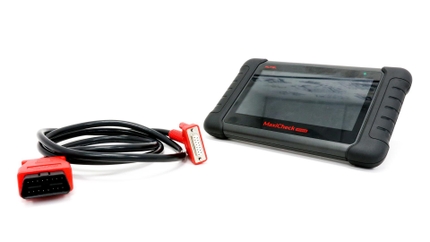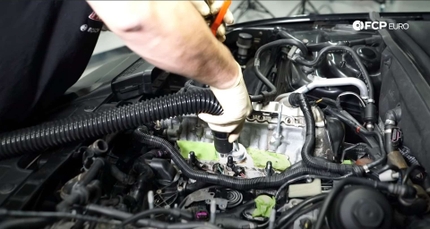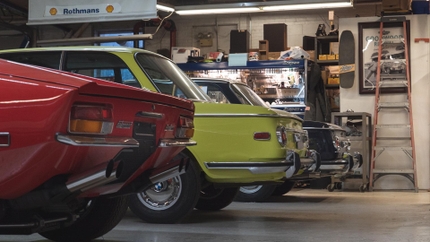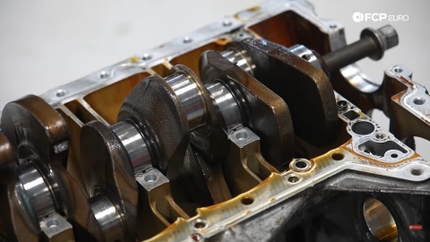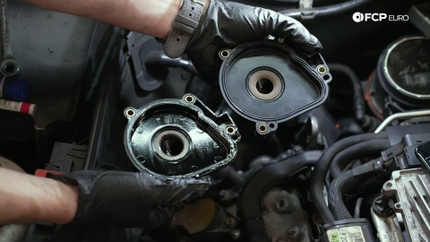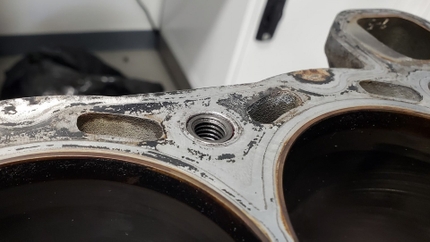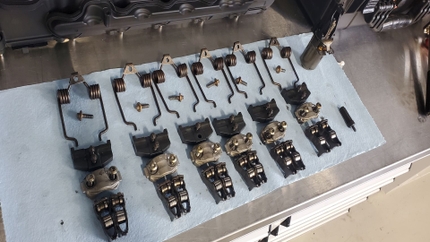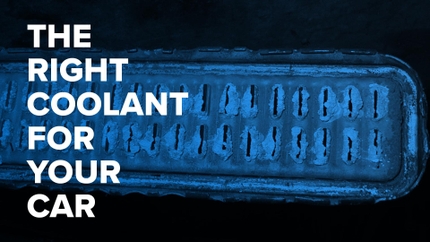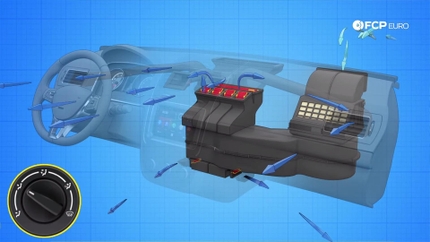- 03/07/2018
- 4 Min Read
- By: SJ Morgan
Fixing Suspension Problems: From Tire Pressures To Polyurethane Bushings

Let us guess—You love your car, but it just doesn't feel the same as it did years ago. We're here to help, and the problem could lie in the very many suspension components on your vehicle. Here's what they are, and how to figure out which are the culprits.
Let’s start with the basics. What parts wear out?
We need to first consider the basic foundation of the suspension and steering: the bushings, ball joints, tie rod ends and shocks.
If the car is a few years or over 100,000 miles old, chances are your bushings (if they're original) are worn out. They're mostly made of rubber (which wears out easily) and are the glue to your suspension’s geometry. These parts are the key to restoring the "new car feel" and precision.
Bushings are usually available as OEM (Original Equipment Manufacturer) standard, “heavy duty” or “Sport”. The aftermarket also offers performance “urethane” or "poly" bushings.
Polyurethane is often considered a high-performance alternative, as it is less flexible than the standard rubber bushing and will maintain a more precise pivot for the suspension arms under hard cornering. The end result is that your suspension arms will be positively located, ensuring proper alignment during cornering, greatly improving steering feel and response. Polyurethane doesn’t crack over time as rubber does, but the bushings can be noisy if not properly lubricated when installed. There are also questions about polyurethane’s ability to hold alignment over the long term when used as suspension arm bushings. Polyurethane is an excellent material when used for steering rack and anti sway bar mounts and end links.
If you are in doubt as to which type of bushing to use, go with the factory original equipment, or the heavy duty/sport, if available. While polyurethane is undoubtedly the performance choice, it may leave users with a much harsher ride.
When shopping for suspension bushings, they're usually offered individually, in replacement kits, or installed into brand new, replacement suspension arms that are ready to swap entirely for your worn out parts. While replacing perfectly good suspension arms may seem to be wasteful, new arms with the bushings already installed may be less expensive than paying a shop to press new bushings into your old arms, or purchasing the tools to do that job at home. Often, new arms will include new ball joints as well, which is another part that needs to be replaced with the bushings. Replacement of the arms can speed the work up if you happen to be doing this in your own garage.
While you have the arms off the chassis, take a look at the spring pads. If they are crushed or torn, replace those as well.
If the steering rack is held in place by rubber bushings, install new ones, substituting performance rack bushings made of polyurethane if available. Don’t forget to inspect the steering tie rod ends as well. If they are loose, replace them.
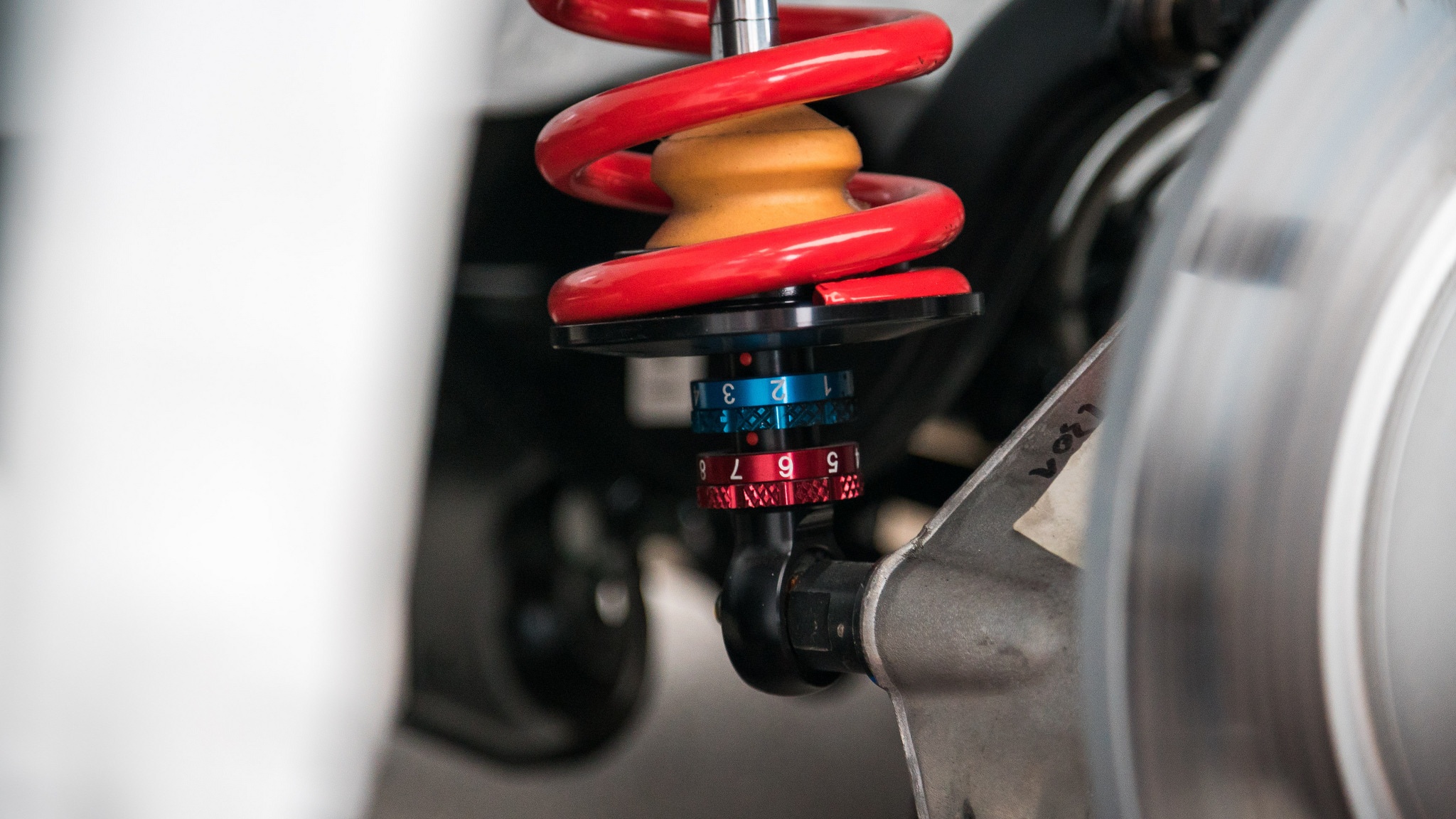
With the bushings and ball joints replaced, and the suspension geometry restored, the next improvement will be the shocks, hereinafter referred to by the proper engineering term “dampers”. There are quite a few alternatives here, from good quality OEM type replacements, to ultra-high performance racing dampers with triple (or more) adjustments, machined from zoltranillium billet, and costing thousands of dollars per set.
Bilstein, a manufacturer of OEM suspension parts for just about everyone, makes an excellent “sport” damper that is always perfectly matched to the manufacturer’s standard or “sport” springs. These are not adjustable, but offer exceptional value when looking to improve the ride and handling on your updated suspension geometry.
Another way to go is with an “adjustable” damper that offers a range of settings from soft, to hard. Remember, adjustability alone doesn’t ensure high performance. Stick to the established names such as Koni, H&R and Bilstein, and you will get a damper that has a really well thought out adjustment curve that can properly control the spring’s energy release, improving both ride and handling.
Tip: If you are considering adjustable dampers, look for an adjustable damper that has most of its adjustment effect on the “rebound” or extension of the damper (absorbing the spring’s energy release) as opposed to just stiffening the “bump” setting which just makes the shock stiffer in absorbing a bump. We want the suspension to work better at absorbing bumps, not resisting them. Koni, H&R, Bilstein and others make adjustable dampers that have excellent rebound control.
You can also purchase “double adjustable” dampers that allow separate adjustment of both bump and rebound. These are expensive, often at 2X to 3X the cost of a single adjustable sport damper. Setting up a double adjustable damper suspension will take more skill than setting the single adjustment damper. However, it is possible to get a perfect adjustment with the double adjustable damper.
Sophisticated dampers should be part of a well thought out performance suspension, but not everyone needs the expensive double adjustables, especially if a single adjustable damper offers the perfect setup (which it often does).
“But don’t the springs have to be changed to get the best handling?”, you ask.
Probably not, if you are mostly driving on the street. Street driving is specialized in itself, with its potholes, curbs, dips, trash and road kill. These are things that are not usually found at smooth racetracks, and require that the suspension have some compliance and travel so that the various suspension bits and pieces are not simply torn off the car by a common road hazard. While lowering springs can be appropriate, the chassis needs a little ride height for the suspension to work, staying off the bump stops and to clear the usual stuff that litters our roadways. That extra half inch or so of suspension travel can save an expensive 17” or larger wheel and tire from a minor pothole. Unless the standard springs are WAY too soft, the dampers will control the body movement and give excellent suspension response.
But this doesn’t mean that you can’t correct many of the car’s perceived handling “problems”, such as excessive under steer, unpredictable snap over steer or lackluster steering response.
Many of the basic handling “problems”, can be fixed in the “setup” or alignment. How the wheels are aligned can define the car’s feel. High performance suspension alignment is the third piece of the handling puzzle, and, given that your suspension now has fresh bushings and dampers, alignment is where everything comes together.
Todays modern, strut suspended cars often have fixed caster and/or camber settings. However, there are bolt on aftermarket parts to allow the factory caster and camber settings to be adjusted (if necessary) for many popular makes. Once these pieces are fitted, you may easily improve cornering performance and steering acuity.
Adding some “negative” camber (wheels tilted in at the top) to the front wheels will reduce under steer for most chassis. So will adding positive caster, which increases the negative camber on the outside wheel when cornering. This pulls the tire’s tread flat to the pavement when cornering for maximum available grip, and may improve steering feel and feedback as well.
The trick here is to balance the higher caster setting against the static negative camber adjustment (the camber adjustment when the tires are pointed straight). Using less static negative puts more rubber on the road in a straight line, improving braking and reducing tire wear. The increased caster offers more negative camber when cornering, improving front-end grip and reducing under steer. However, additional caster can increase steering effort (which may not be a bad thing at all, as it may also increase steering feel and straight line stability). As you come to understand the how the alignment settings work, you will find that it is not difficult to alter the handling of your car to benefit your driving style.
The advantages will be even clearer when you go to the track and start taking tire temperatures to optimize your setup. Once you see the temperatures, you will be able to visualize the tire’s contact with the road.
Most performance-oriented cars already have some negative camber and a high caster number. These models usually have less under steer, and better steering feel and response. Whether you make changes depends on how the car feels to you when you drive it.
There is too much of a good thing, though. Having too much negative camber can be problematic, as it may cause more inside edge wear to the tires. However, if you drive hard, snapping your car into corners all the time, you already have excessive outside edge wear. Swapping it for some inside edge wear and better handling is a reasonable trade. If you get the camber right, the tires will wear evenly, with the added bonus of improved tire life, even though you drive aggressively.
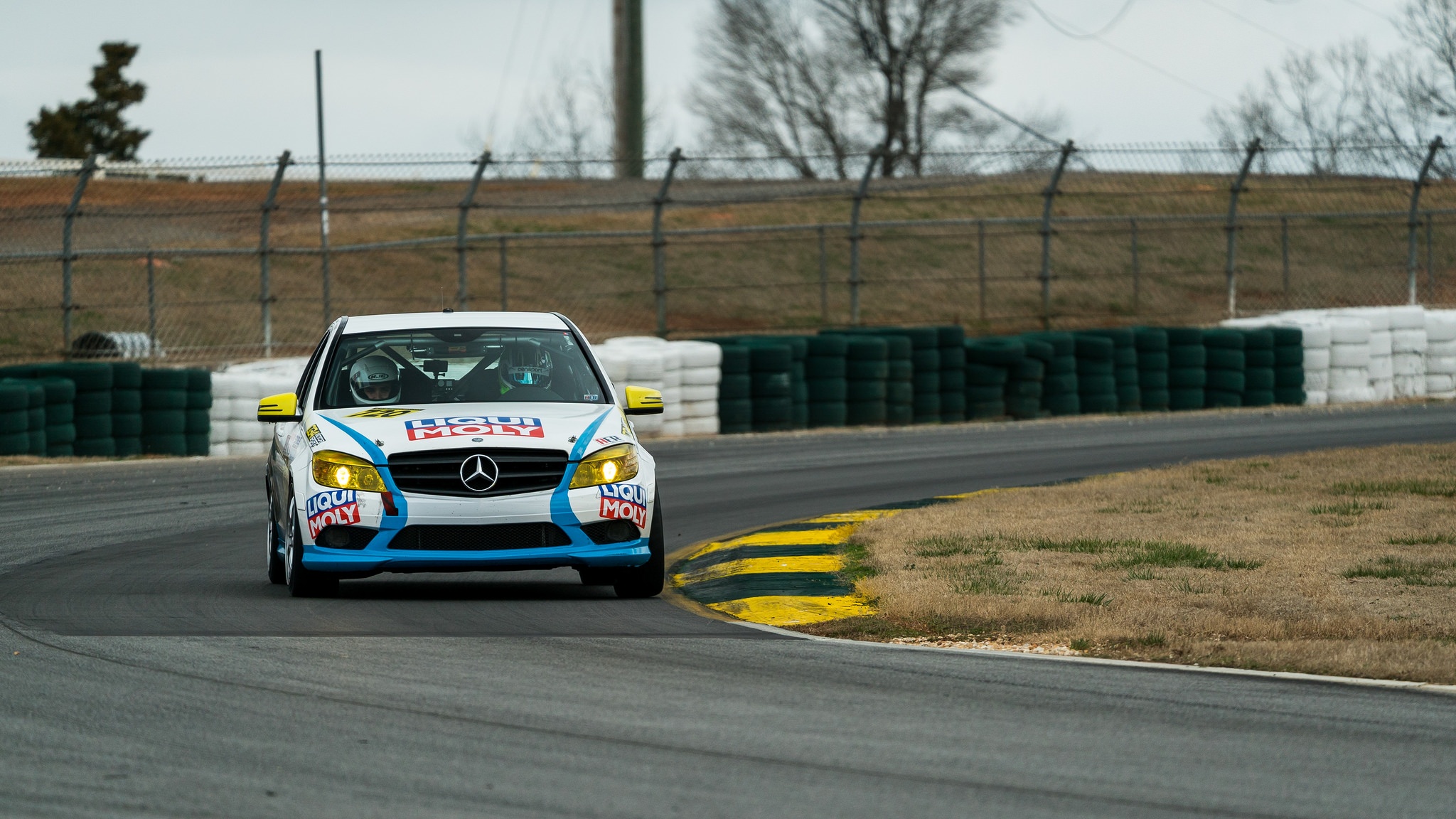
Steering can be made a little more sensitive by reducing the “toe in” to the factory allowed minimum. Some manufacturers allow a range of toe out, to toe in. In that case, don’t be afraid to use the Toe Out measurement. This may improve the steering’s initial response.
Independent rear suspensions require some attention, as well. Under steer may be reduced by reducing the toe-in at the rear suspension. This will remove a little of the inherent stability at the rear, reducing the under steer and allowing the back to track out a little when cornering. Adding some negative camber may increase grip at the rear, just as it can at the front. In the interests of safety (and predictable handling), keep the rear toe adjustment within the factory specifications.
While the optimum chassis adjustment for your specific driving style may be beyond the factory settings, don’t exceed them at first. The idea is to optimize the suspension as you might “blueprint” an engine, Finding the best possible settings to get the suspension to work as well as possible with the parts you have. This will mean that you will have to drive the car for a while, and adjust to the new chassis response. At the track, you may find that if you alter your driving style to take advantage of the chassis’ attributes, you can turn much quicker lap times.
Next time, we will build on your revitalized suspension with performance springs, how to figure out how stiffness, and how low to go. Yes, it's possible to retain the ride quality if you have the correct combination of spring rate, damper settings, and suspension travel.

